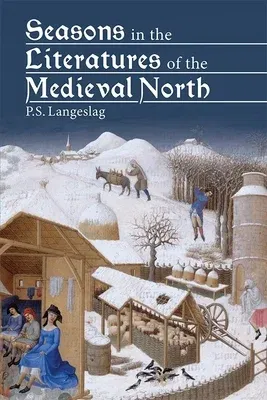A fresh examination of how the seasons are depicted in medieval
literature.
To the cultures of medieval northwestern Europe, the changing of the
seasons was a material and economic reality that strongly informed the
labour, travel and ritual calendars. However, while there has been much
research into theinterplay between society and its physical surroundings
as reflected in medieval literature, the seasonal aspect of this dynamic
has hitherto been neglected.
This book analyses the narrative and psychological functionsof seasonal
settings in the literatures of medieval England and Iceland from the
eighth to the fourteenth century, from Beowulf to Sir Gawain and the
Green Knight. Dealing with both the material realities and the
figurative functions of the seasonal cycle, it interprets seasonal
spaces in myth and literature as conventionalised environments, where
society deals with outside threats and powers which manifest themselves
in marginal landscapes.Informing its literary investigations with
relevant concerns from economic history, patristic doctrine and decision
theory, the volume offers a comprehensive new look at the psychology of
landscape and season in medieval literature; it also brings out beliefs
concerning the seasons and their connections with the supernatural.
Paul S. Langeslag is a lecturer of Medieval English Studies at the
University of Göttingen, Germany.

